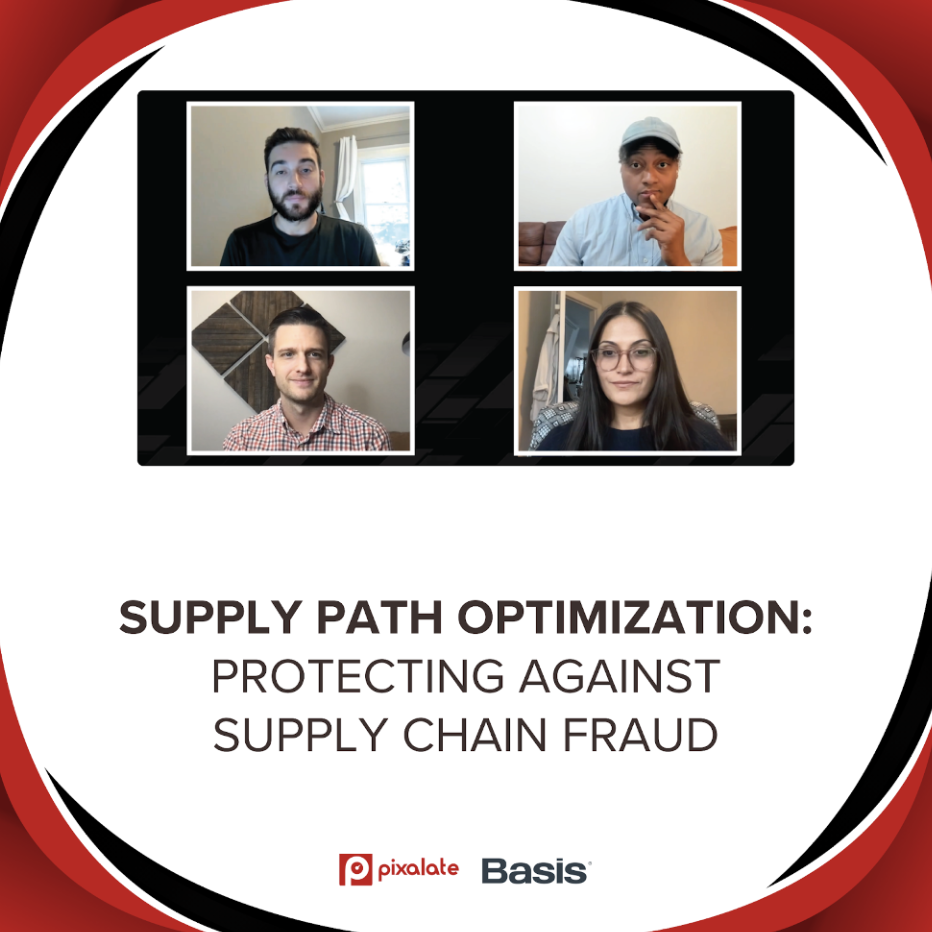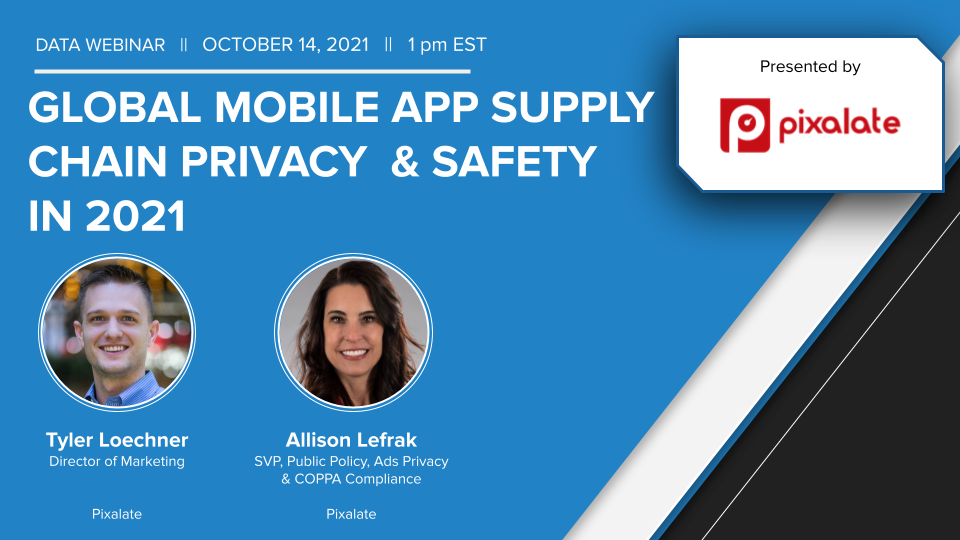
By entering your email address and clicking Subscribe, you are agreeing to our Terms of Use and Privacy Policy
Contact
US:
Slack:
Offices
Global Offices
US
1775 Greensboro Station Place, Suite 425, McLean, VA 22102
UK
20 North Audley Street
London, W1K 6WE, United Kingdom
London, W1K 6WE, United Kingdom
EU
10 Earlsfort Terrace
Dublin 2, D02 T380, Ireland
Dublin 2, D02 T380, Ireland
Singapore
10 Anson Road, #22-02 International Plaza, Singapore 079903
















.jpg?width=2000&height=1000&name=headshots-2019-ott-webinar-pixalate-telaria-rhythmone-bold-screen%20(1).jpg)




